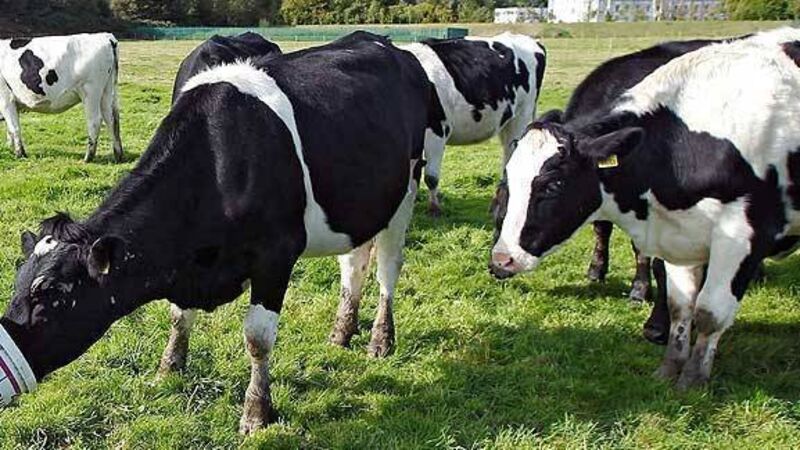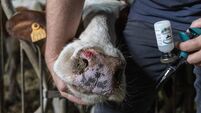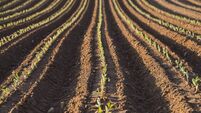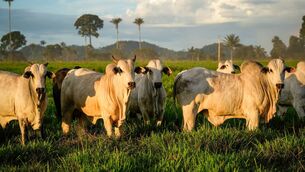Innovation the key to a better future in Irish dairy farming

The agriculture industry faces continuously changing markets with external and internal forces compelling those involved in the industry to adapt to ever altering scenarios.
Economic pressures continue to be one of the driving forces in the need for adaptation on farms. Policy developments throughout the last few decades — most specifically, sustainability and environmental neutrality — have placed increased financial and technical pressure on agricultural production and producers.










